Nori Feline Lipocalin 2 (NGAL) ELISA Kit
$461.00 – $832.00
This ELISA kit is for quantification of lipocalin 1 in cat. This is a quick ELISA assay that reduces time to 50% compared to the conventional method, and the entire assay only takes 3 hours. This assay employs the quantitative sandwich enzyme immunoassay technique and uses biotin-streptavidin chemistry to improve the performance of the assays. An antibody specific for lipocalin 2 has been pre-coated onto a microplate. Standards and samples are pipetted into the wells and any lipocalin 2 present is bound by the immobilized antibody. After washing away any unbound substances, a detection antibody specific for lipocalin 2 is added to the wells. Following wash to remove any unbound antibody reagent, a detection reagent is added. After intensive wash a substrate solution is added to the wells and color develops in proportion to the amount of lipocalin 2 bound in the initial step. The color development is stopped, and the intensity of the color is measured.
Alternative names for lipocalin 2: oncogene 24p3 or neutrophil gelatinase-associated lipocalin (NGAL),
This product is for laboratory research use only not for diagnostic and therapeutic purposes or any other purposes.
- Description
- How Elisa Works
- Product Citation
- Reviews (0)
Description
Nori Feline Lipocalin 2 ELISA Kit Summary
Alternative names for lipocalin 2: oncogene 24p3 or neutrophil gelatinase-associated lipocalin (NGAL), LCN2
Alternative names for feline: cat
| Assay Type | Solid Phase Sandwich ELISA |
| Format | 96-well Microplate or 96-Well Strip Microplate |
| Method of Detection | Colorimetric |
| Number of Targets Detected | 1 |
| Target Antigen Accession Number | na |
| Assay Length | 3 hours |
| Quantitative/Semiquantitative | Quantitative |
| Sample Type | Plasma, Serum, Cell Culture, Urine, Cell/Tissue Lysates, Synovial Fluid, BAL, |
| Recommended Sample Dilution (Plasma/Serum) | No dilution for sample <ULOQ; sufficient dilution for samples >ULOQ |
| Sensitivity | 15 pg/mL |
| Detection Range | 78.13-5000 pg/mL |
| Specificity | Feline lipocalin 2 |
| Cross-Reactivity | < 0.5% cross-reactivity observed with available related molecules, < 50% cross-species reactivity observed with species tested. |
| Interference | No significant interference observed with available related molecules |
| Storage/Stability | 4 ºC for up to 6 months |
| Usage | For Laboratory Research Use Only. Not for diagnostic or therapeutic use. |
| Additional Notes | The kit allows for use in multiple experiments. |
Standard Curve
Kit Components
1. Pre-coated 96-well Microplate
2. Biotinylated Detection Antibody
3. Streptavidin-HRP Conjugate
4. Lyophilized Standards
5. TMB One-Step Substrate
6. Stop Solution
7. 20 x PBS
8. Assay Buffer
Other Materials Required but not Provided:
1. Microplate Reader capable of measuring absorption at 450 nm
2. Log-log graph paper or computer and software for ELISA data analysis
3. Precision pipettes (1-1000 µl)
4. Multi-channel pipettes (300 µl)
5. Distilled or deionized water
Protocol Outline
1. Prepare all reagents, samples and standards as instructed in the datasheet.
2. Add 100 µl of Standard or samples to each well and incubate 1 h at RT.
3. Add 100 µl of Working Detection Antibody to each well and incubate 1 h at RT.
4. Add 100 µl of Working Streptavidin-HRP to each well and incubate 20 min at RT.
5. Add 100 µl of Substrate to each well and incubate 5-30 min at RT.
6. Add 50 µl of Stop Solution to each well and read at 450 nm immediately.
Background:
Lipocalin-2 (LCN2), also known as oncogene 24p3 or neutrophil gelatinase-associated lipocalin (NGAL), is a protein that in humans is encoded by the LCN2 gene.[1] NGAL is involved in innate immunity by sequestrating iron that in turn limits bacterial growth.[2] It is expressed in neutrophils and in low levels in the kidney, prostate, and epithelia of the respiratory and alimentary tracts.[3] NGAL is used as a biomarker of kidney injury.[4] The binding of NGAL to bacterial siderophores is important in the innate immune response to bacterial infection. Upon encountering invading bacteria the toll-like receptors on immune cells stimulate the synthesis and secretion of NGAL. Secreted NGAL then limits bacterial growth by sequestering iron-containing siderophores.[5] Lipocalin-2 binds, next to bacterial siderophores, also to the mammalian siderophore 2,5-dihydroxybenzoic acid (2,5-DHBA). This complex ensures that excess free iron does not accumulate in the cytoplasm. Mammalian cells lacking 2,5-DHBA accumulate abnormal intracellular levels of iron leading to high levels of reactive oxygen species. [6] Lipocalin-2 also functions as a growth factor.[7] In the case of acute kidney injury (AKI), NGAL is secreted in high levels into the blood and urine within 2 hours of injury.[8] Because NGAL is protease resistant and small, the protein is easily excreted and detected in the urine. NGAL levels in patients with AKI have been associated with the severity of their prognosis and can be used as a biomarker for AKI. NGAL can also be used as an early diagnosis for procedures such as chronic kidney disease, contrast induced nephropathy, and kidney transplant.[9]
References
- Kjeldsen L, et al. (1993). J. Biol. Chem. 268 (14): 10425–32.
- Yang J, et al. (2002). Mol. Cell 10 (5): 1045–56.
- Friedl A, et al. (1999). Histochem. J. 31 (7): 433–41.
- Devarajan P (2010) Nephrology (Carlton) 15 (4): 419–28.
- Flo TH, et al. (2004). Nature 432 (7019): 917–21.
- Devireddy LR, et al. (2010). Cell 141 (6): 1006–17.
- Schmidt-Ott KM, et al. (2007). J. Am. Soc. Nephrol. 18 (2): 407–13.
- Bennett M, et al. (2008). Clin J Am Soc Nephrol 3 (3): 665–73.
- Goldstein SL (2011). BMC Med 9: 135.
Product Citation
Be the first to review “Nori Feline Lipocalin 2 (NGAL) ELISA Kit”
You must be logged in to post a review.
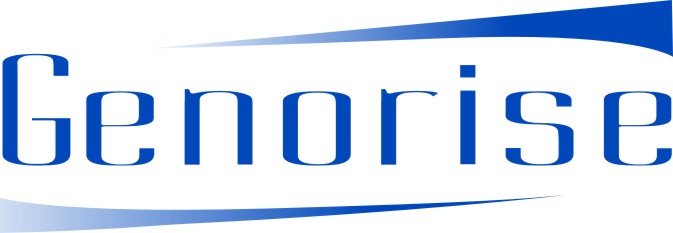

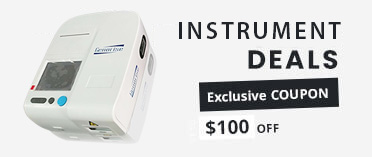
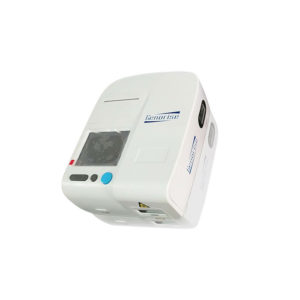
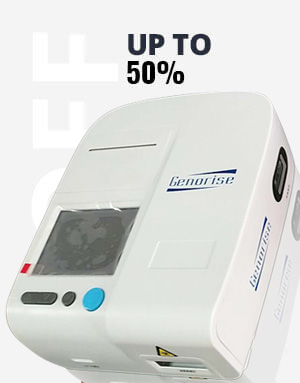


















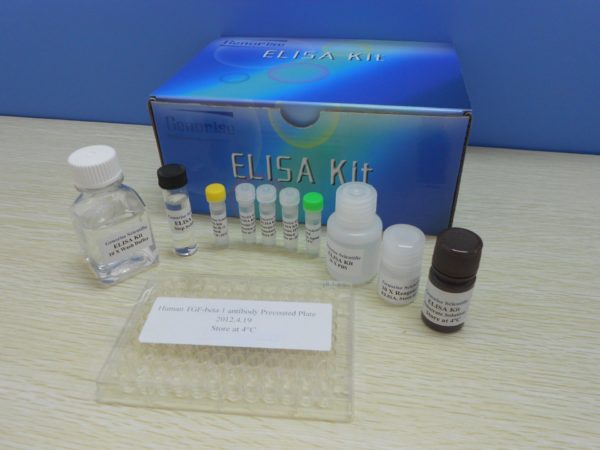
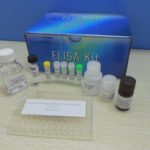
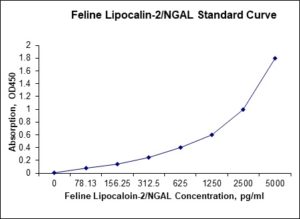
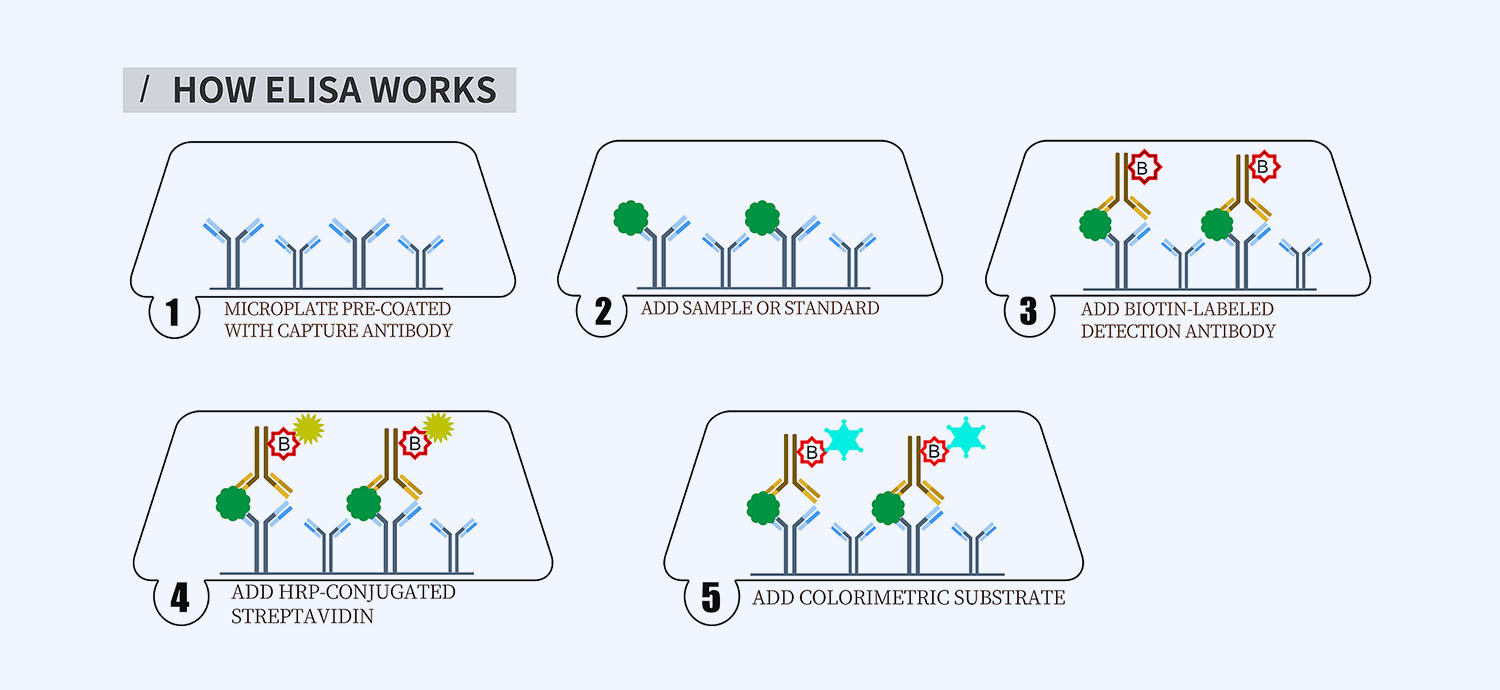
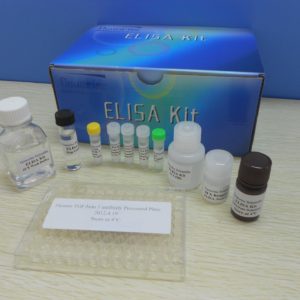

Reviews
There are no reviews yet.